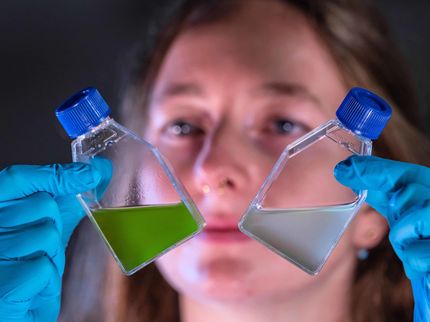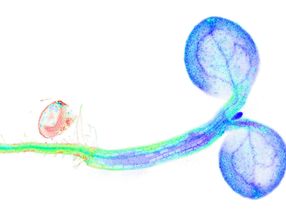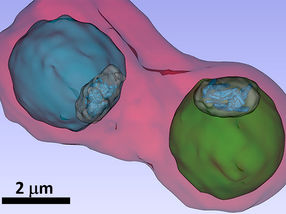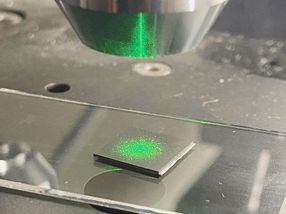Inspecting water quality with Raman spectroscopy
Scientists in the Netherlands have developed and tested a new method that uses Raman spectroscopy to identify harmful bacteria in drinking water.
Water quality checks are extremely important for the health of consumers. Many of the current methods used to test water quality rely on selective plating and enzyme activity tests. The problem with these methods is the large time periods between sampling and results.
Raman spectroscopy delivers results quickly, does not require a highly skilled operator and no additional chemicals need to be added. A Raman spectrum gathered from a particular microorganism is unique, combining the spectra of all the molecules making up that microorganism.
The team looked at water containing Escherichia coli and Legionella and showed that their method was powerful enough to discriminate between different strains of pathogenic and non-pathogenic bacteria, under different environmental conditions, for these organisms.
Most read news
Original publication
Organizations
Other news from the department science

Get the analytics and lab tech industry in your inbox
By submitting this form you agree that LUMITOS AG will send you the newsletter(s) selected above by email. Your data will not be passed on to third parties. Your data will be stored and processed in accordance with our data protection regulations. LUMITOS may contact you by email for the purpose of advertising or market and opinion surveys. You can revoke your consent at any time without giving reasons to LUMITOS AG, Ernst-Augustin-Str. 2, 12489 Berlin, Germany or by e-mail at revoke@lumitos.com with effect for the future. In addition, each email contains a link to unsubscribe from the corresponding newsletter.
Most read news
More news from our other portals
See the theme worlds for related content
Topic World Spectroscopy
Investigation with spectroscopy gives us unique insights into the composition and structure of materials. From UV-Vis spectroscopy to infrared and Raman spectroscopy to fluorescence and atomic absorption spectroscopy, spectroscopy offers us a wide range of analytical techniques to precisely characterize substances. Immerse yourself in the fascinating world of spectroscopy!

Topic World Spectroscopy
Investigation with spectroscopy gives us unique insights into the composition and structure of materials. From UV-Vis spectroscopy to infrared and Raman spectroscopy to fluorescence and atomic absorption spectroscopy, spectroscopy offers us a wide range of analytical techniques to precisely characterize substances. Immerse yourself in the fascinating world of spectroscopy!















![[Fe]-hydrogenase catalysis visualized using para-hydrogen-enhanced nuclear magnetic resonance spectroscopy](https://img.chemie.de/Portal/News/675fd46b9b54f_sBuG8s4sS.png?tr=w-712,h-534,cm-extract,x-0,y-16:n-xl)










































